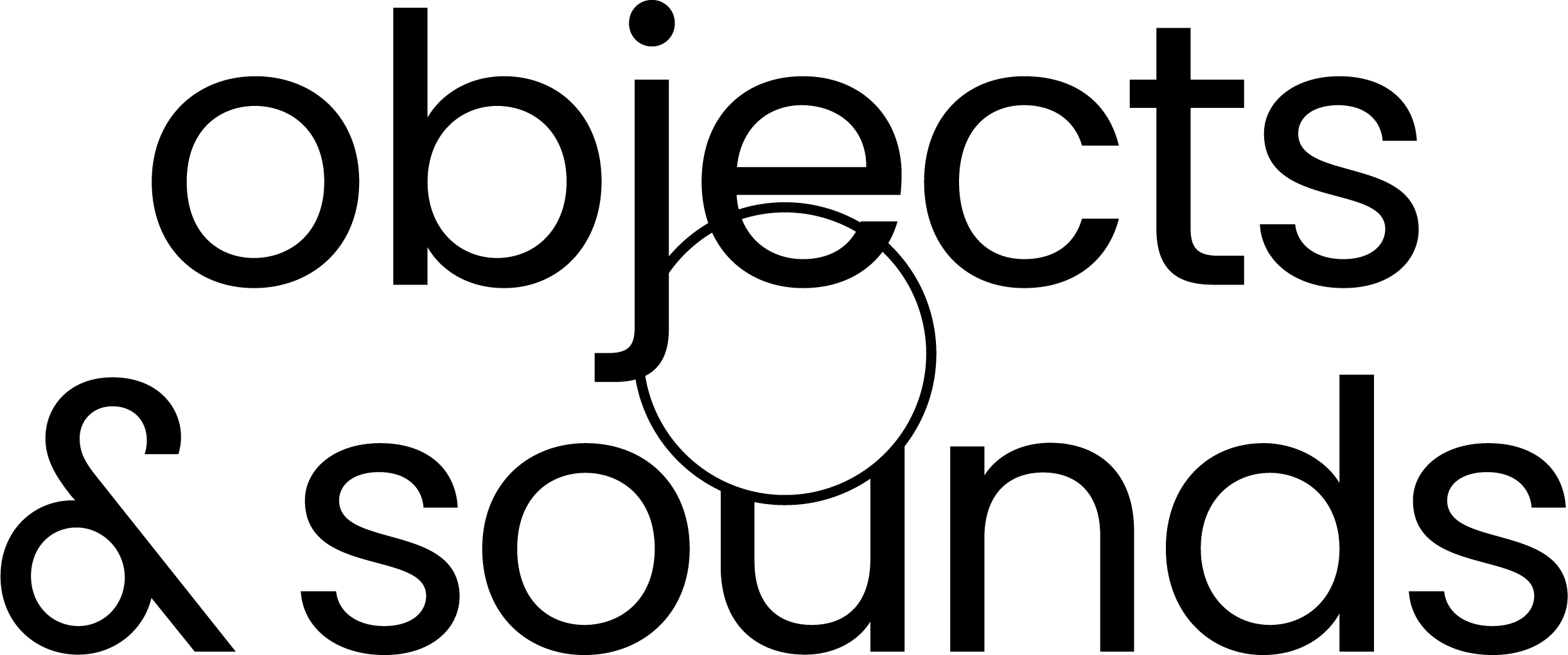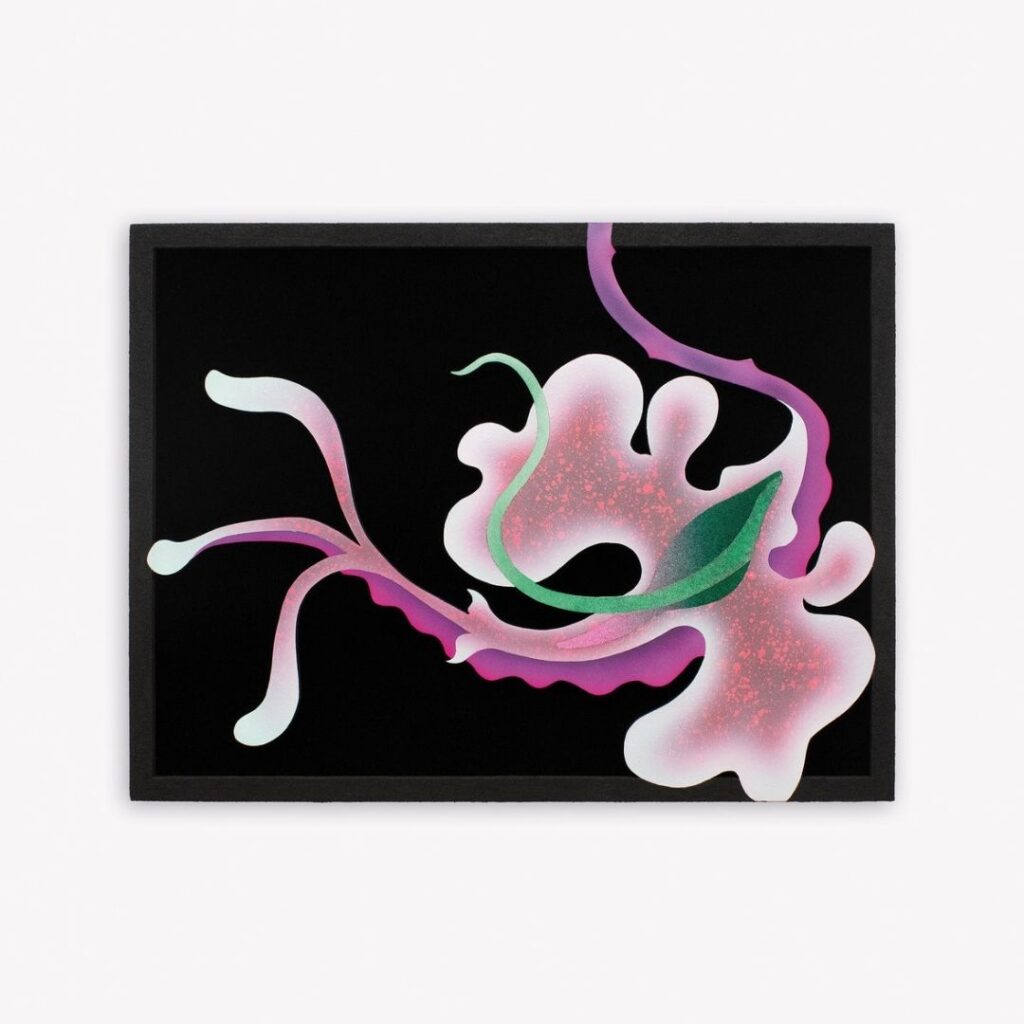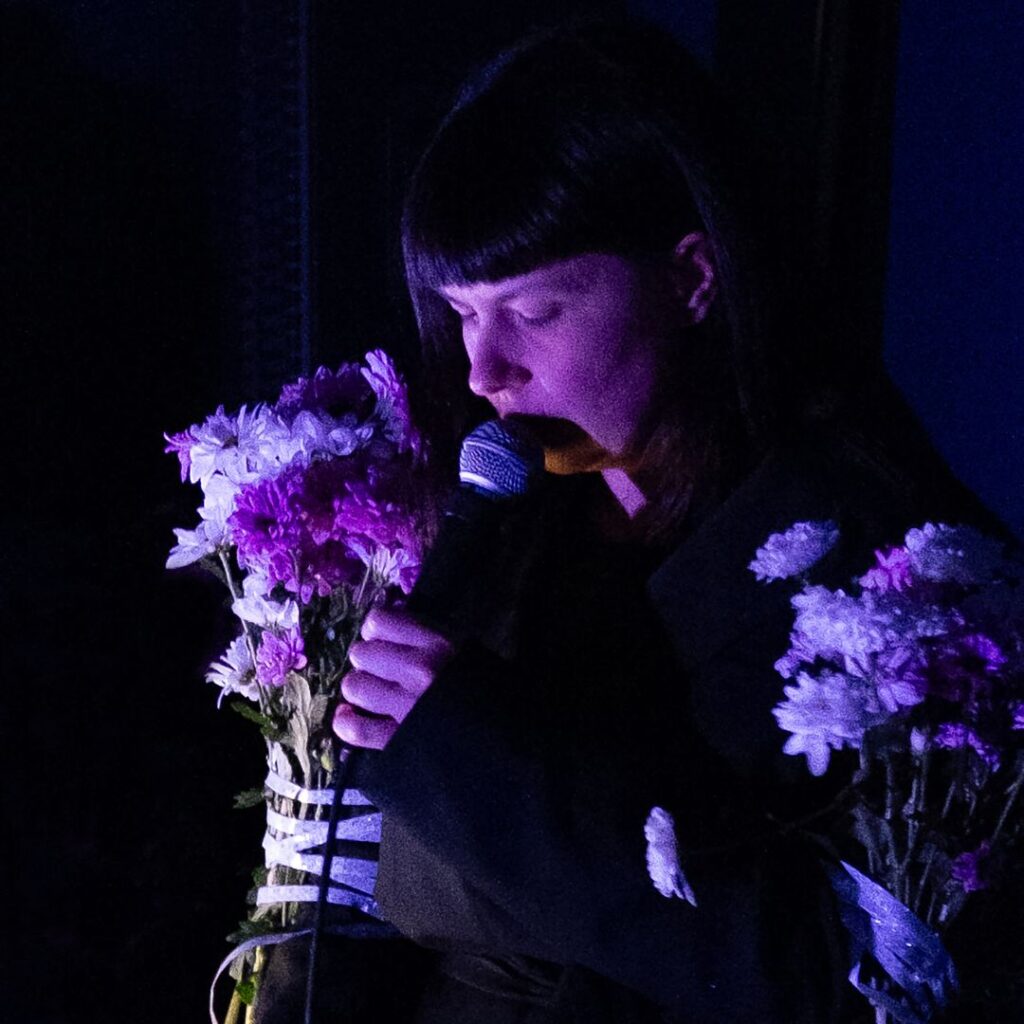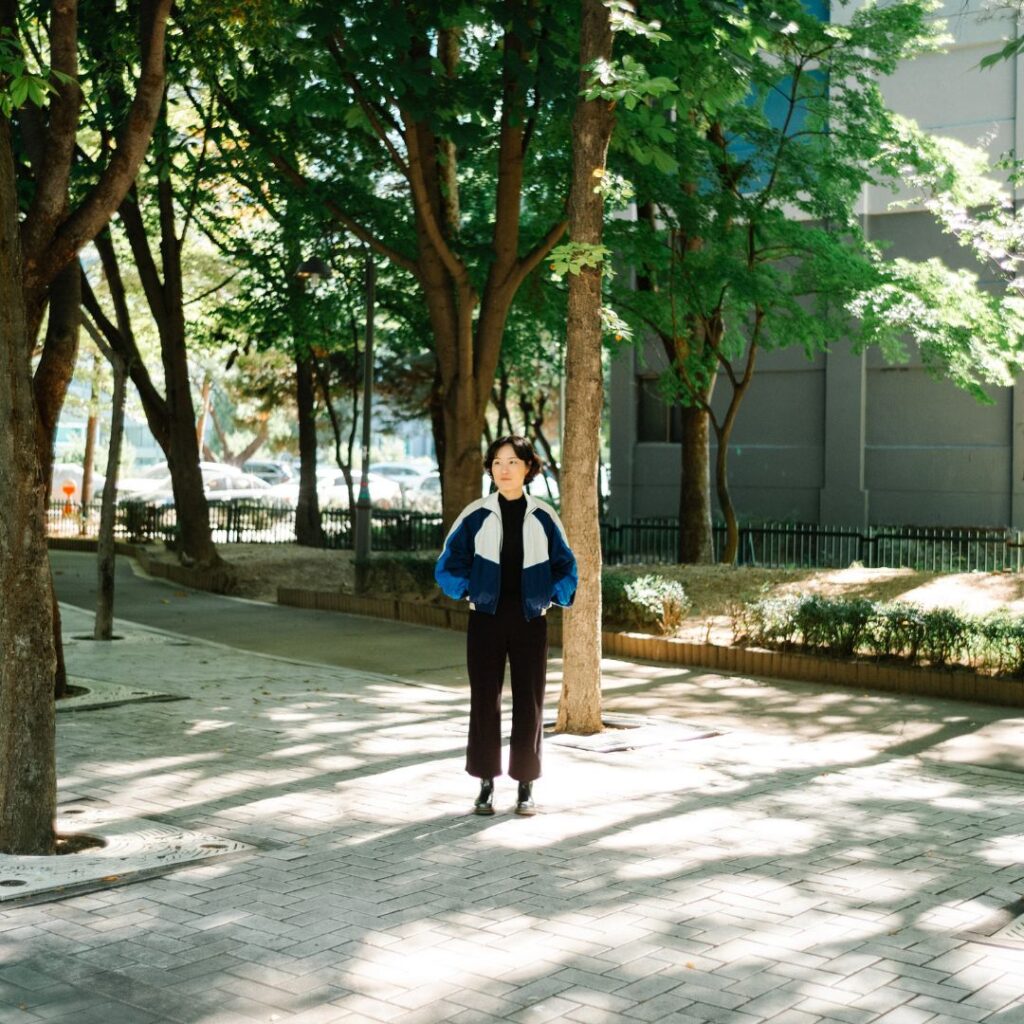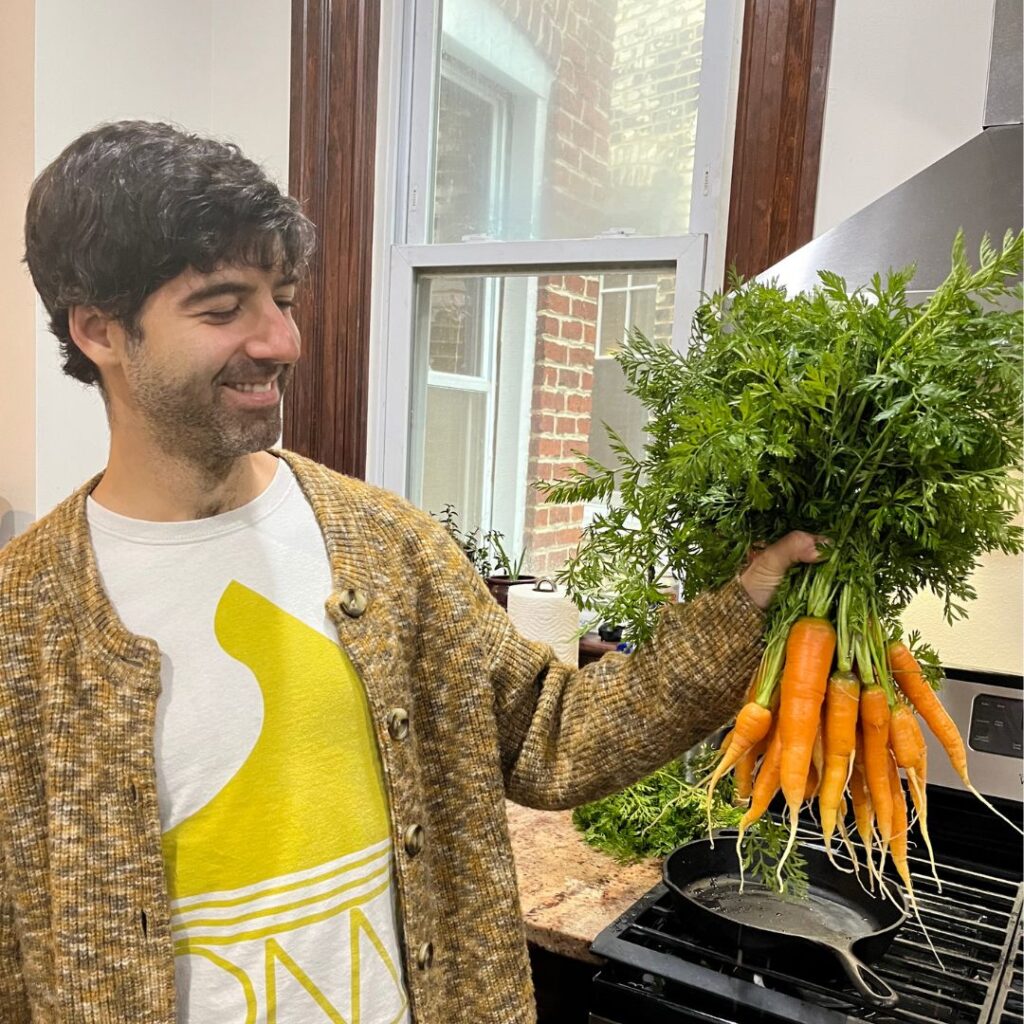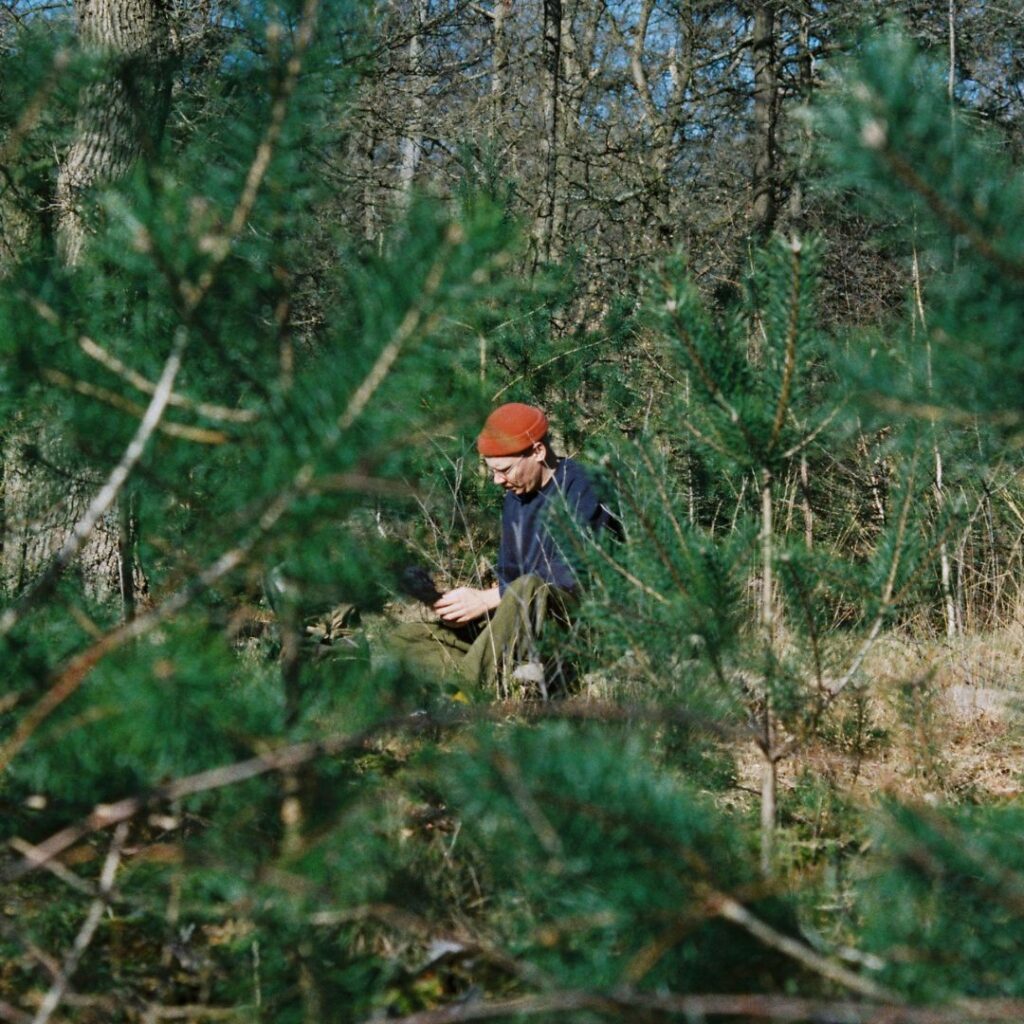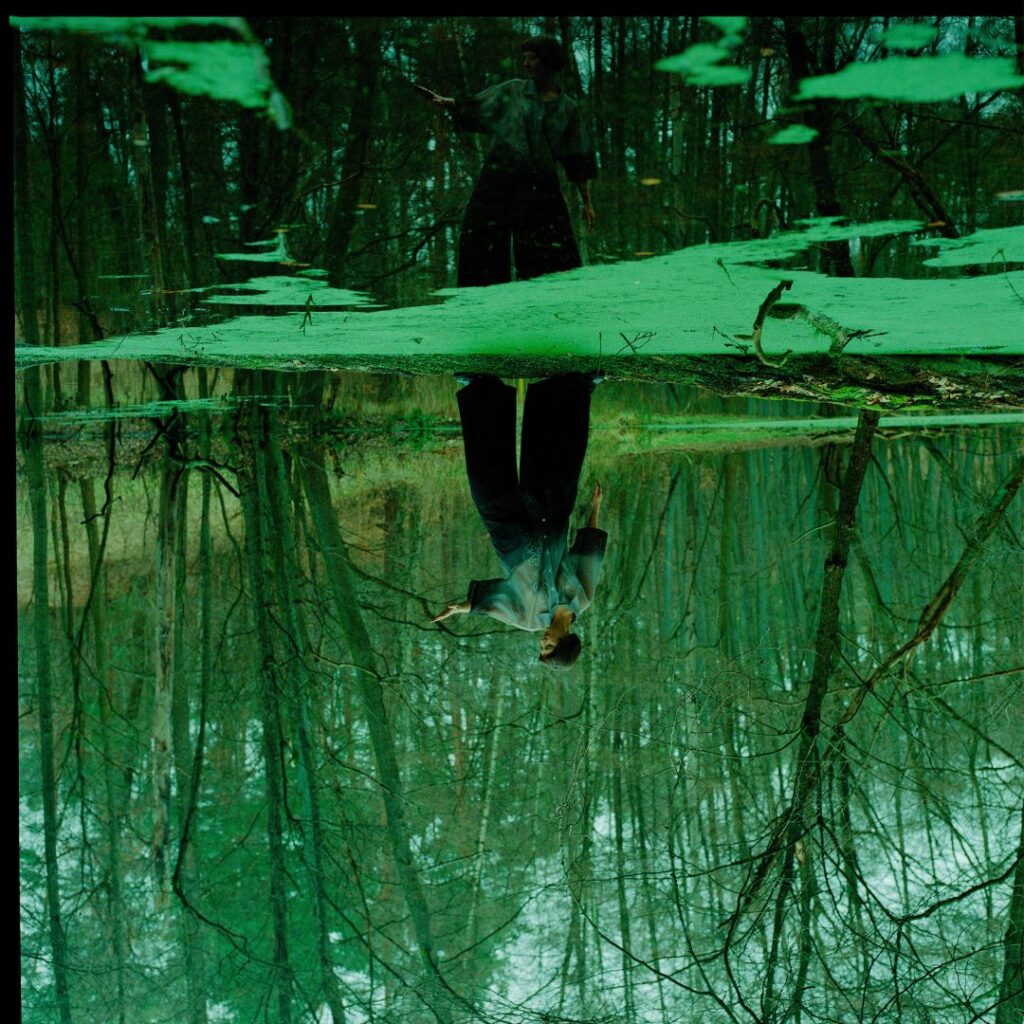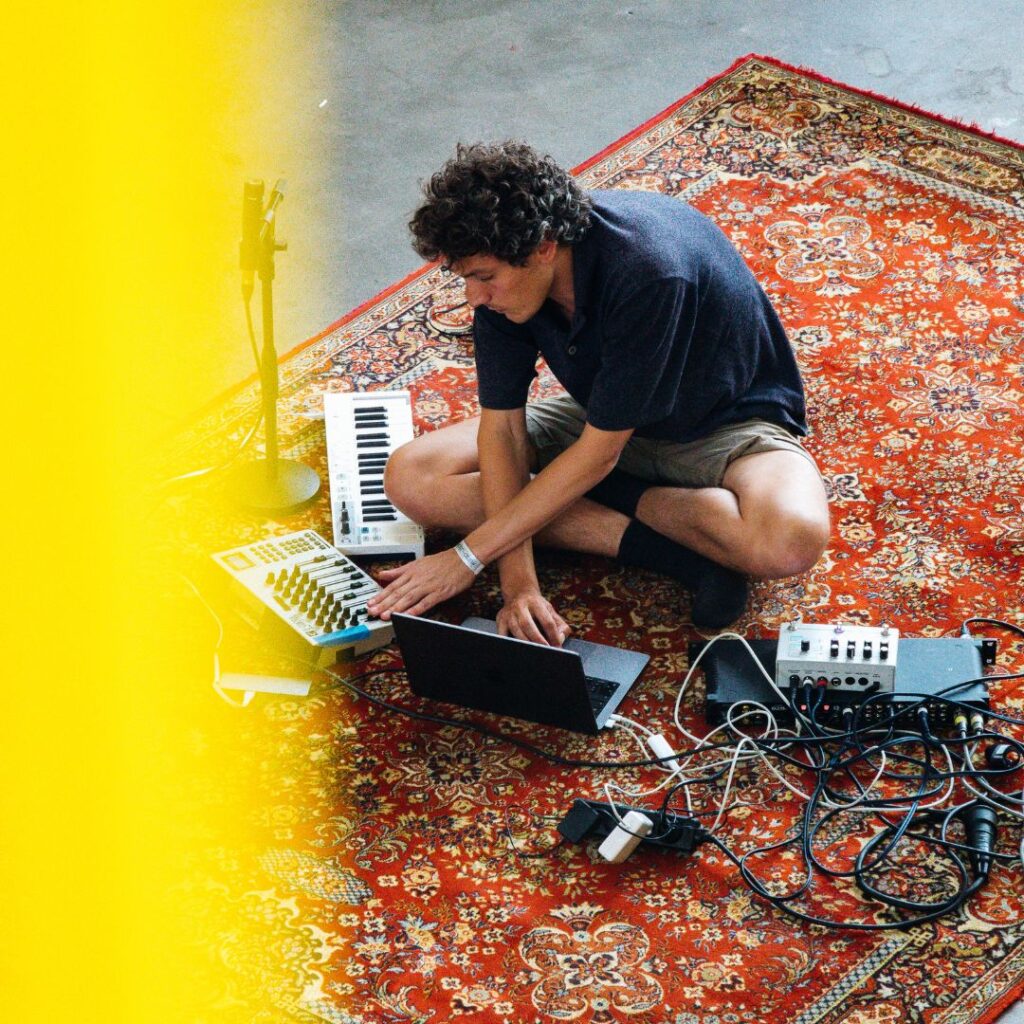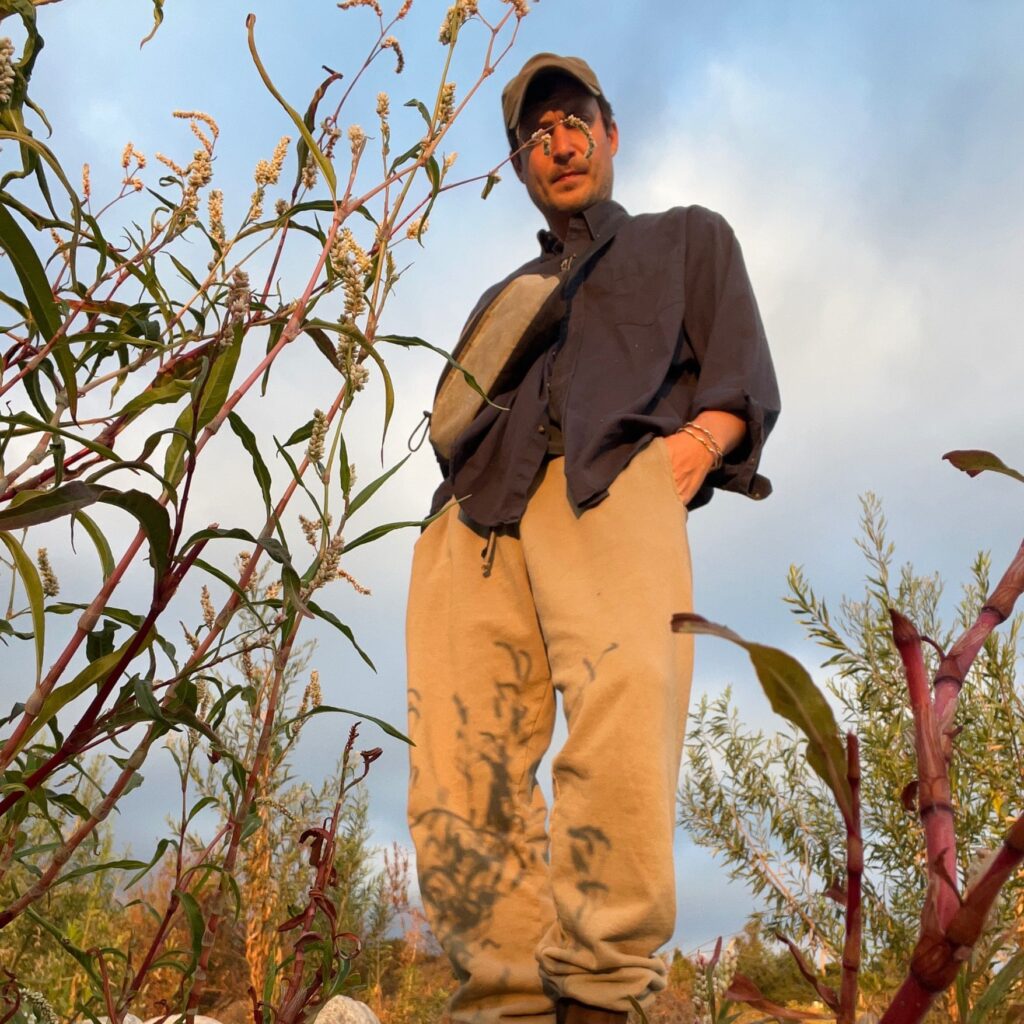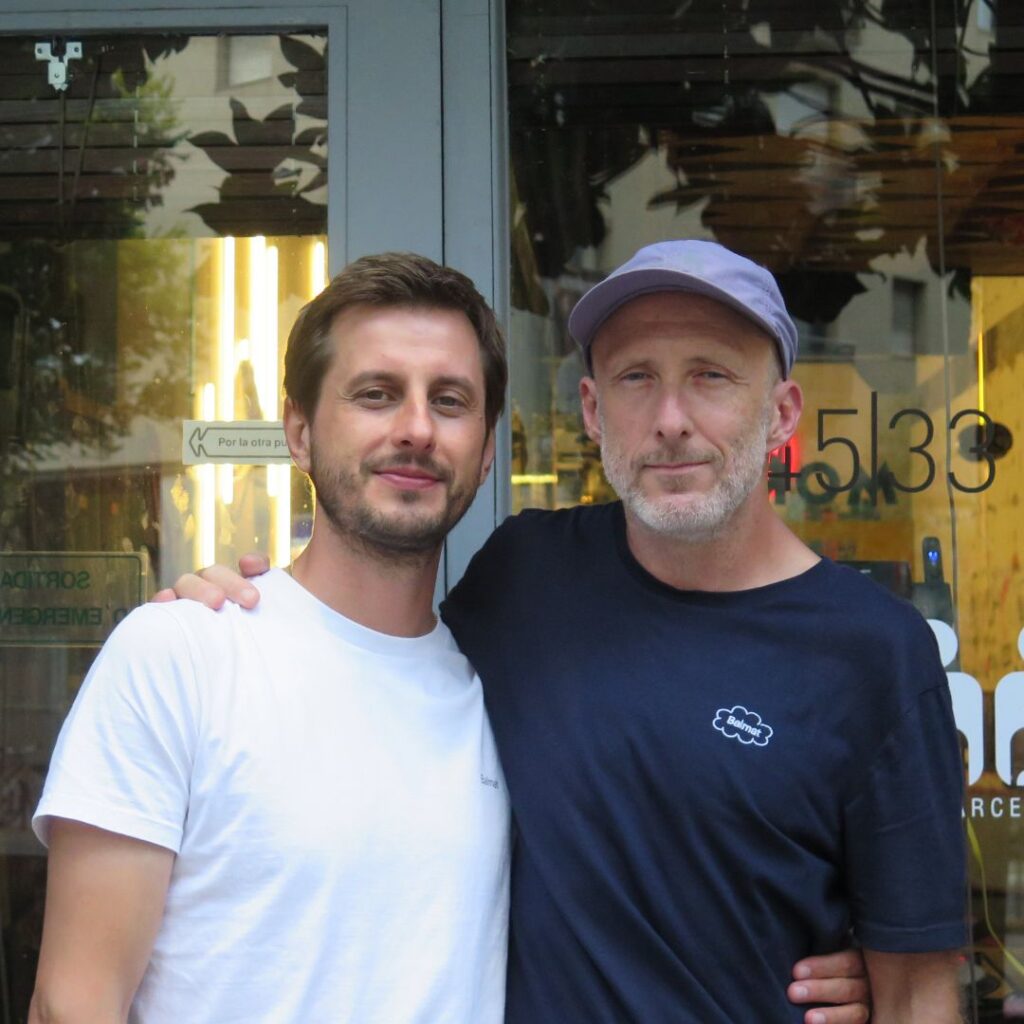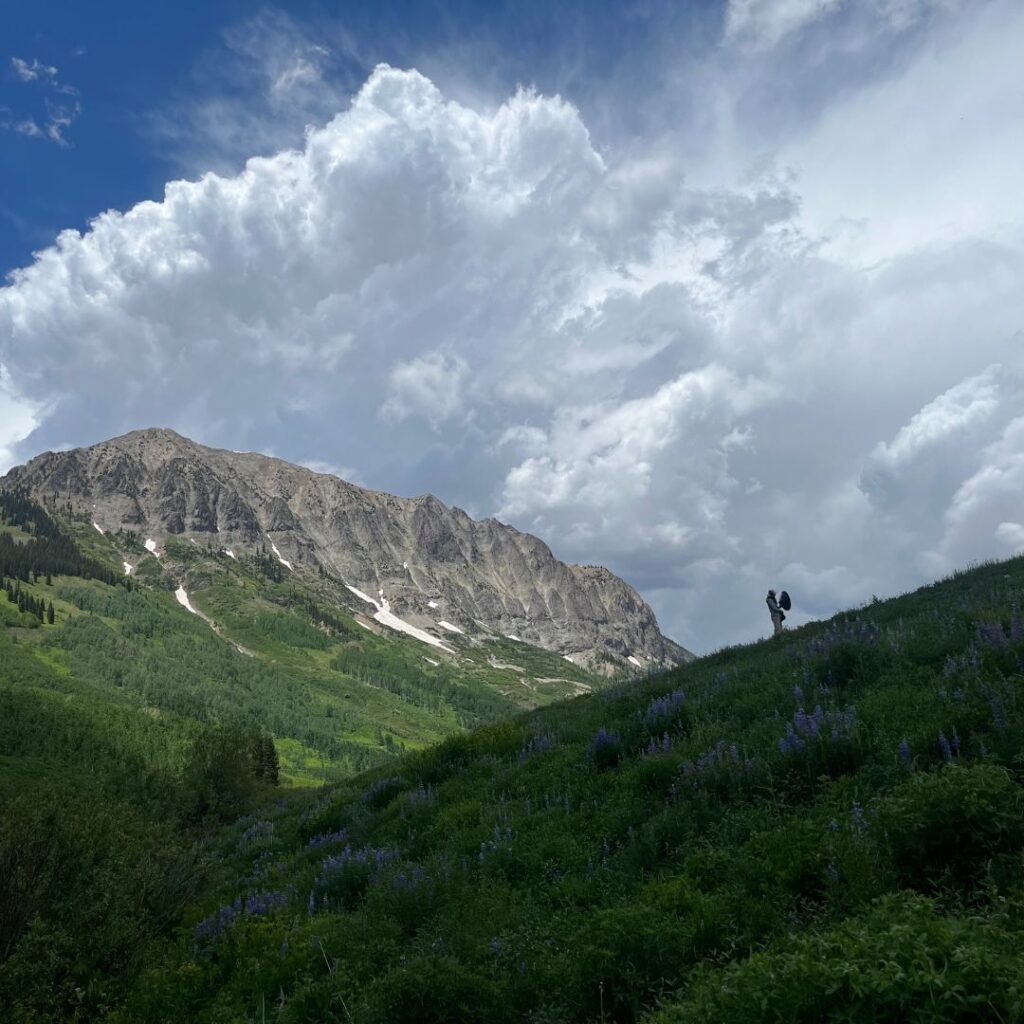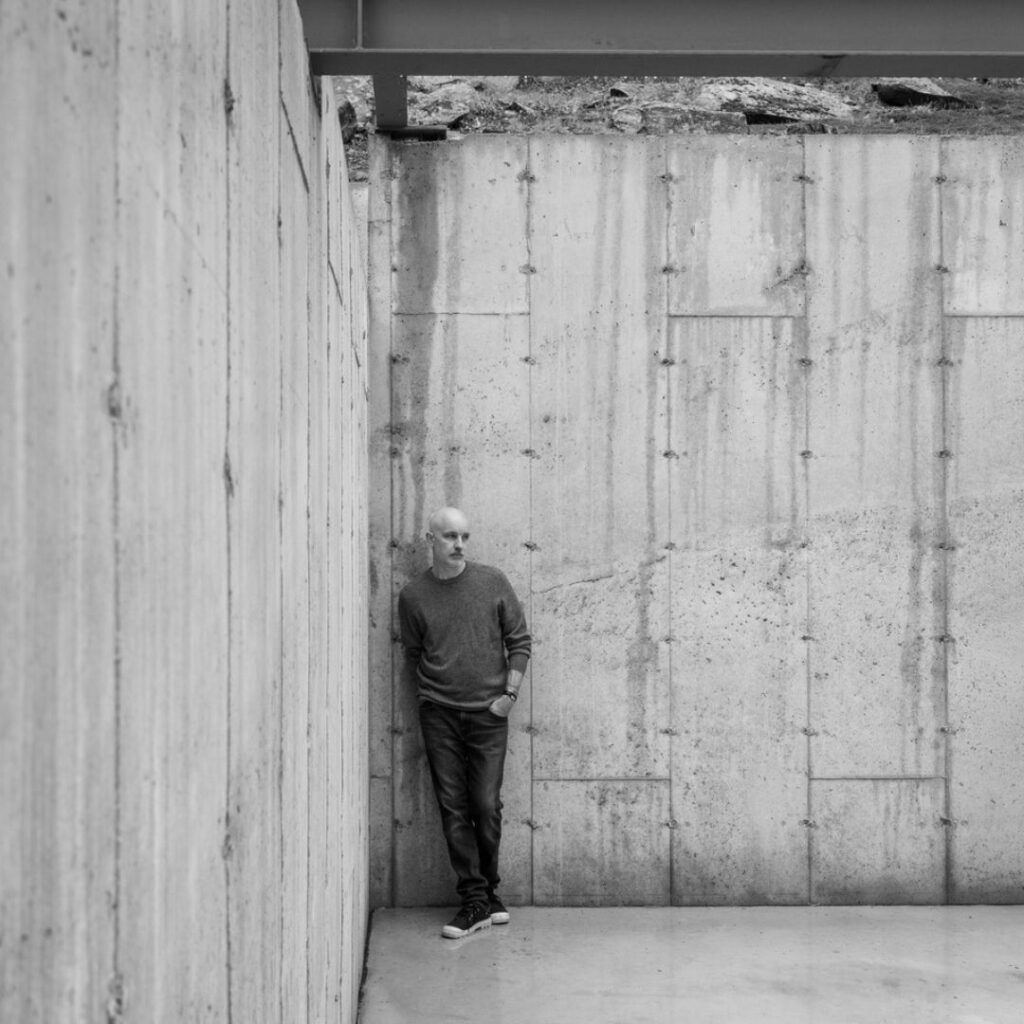Grykë Pyje on building a mystical world through email
We sat together with Johannes (Baldruin) and Jani (Uton) to get an insight on their collaborative project Grykë Pyje. With their latest joint album Collision And Coalescence released on the Slovak label mappa, they’ve created an intriguing set of recordings that go way beyond typical song structures and sound more akin to vibrant field recordings made on a mystical, otherworldly world. In this mood talk, we get to know the origin and nature of their collaboration and dive into both of their personal inspirations.
How did you guys meet and come up with the concept of Grykë Pyje?
Jani: If I remember right, it started out as a split tape between my wife’s music project Sunhiilow and Baldruin, the solo project of Johannes.
Johannes: Maybe my brain fools me, but didn’t you discover my Schatten & Lichter album and got in contact afterwards?
Jani: Probably yes, but it could have been any of your other releases as well. I remember listening to quite a lot of Baldruin’s music at some point and feeling some mysterious connection. One day, I just decided to ask if Johannes would be interested in working together, and he was.
Johannes: Jani is definitely a kindred spirit and as we have a similar musical vision. I was excited to see how a collaboration would work out between us. As he lives in Finland and myself in Germany, we didn’t manage to meet for recordings. We actually haven’t even seen each other in person yet. The Grykë Pyje sound as we know it from our latest recording Collision and Coalescence has been organically developed over the years.
Our first release sounded way more calm and collected, but you could already sense what the future might bring. In our recent album, we tried to create a highly detailed sound map by including not only organic sounds, but also digitally-created noises and strange effects. Tracks can change direction from one second to another. It’s a morphing, breathing, restless sound sculpture, including all sounds which seem to make sense in this alternate reality to build an outlandish sound universe.
You just released Collision and Coalescence. Any tips to fully enjoy it?
Johannes: Maybe before listening, it helps to set a right mindset of how to approach our music: to fully dive into the strangely bewildering sound cosmos and take a step back from what you learned to expect from a song or genre. Try to open yourself up to all noises of your surroundings and gauge how they come together to form lively, rich eruptions of sonority. Throw yourself in the ever-changing stream of atmospheres. It could happen at first listen that the clash of different sounds is too overwhelming, but you will keep on discovering new details and be rewarded at each spin.
Jani: Technically I don’t know the best way, as it depends so much on the listener, on when and where. There are plenty of ways to listen. With headphones you can go probably more into details, but that doesn’t mean that it would be “the best” way. There are many possibilities, like with any music really. Our music is not exceptional in that sense.

The track titles almost seem to form a poem and the artwork is pretty special too. What’s the importance of these aspects in the whole concept for you?
Johannes: I think the titles help to underline our musical vision and create visual settings as a starting point for the listener’s mindtrip. Each one opens a little story chapter, like ”Shrunken Friends From Tiny Dens”, which could be the beginning of a chilled hangout or a surreal day trip with some creatures living in their microscopic world on a you-name-it planet.
The artwork by Mevlana Lipp is showing a strange, exotic plant, which is agile and seems somehow alive. Also some of its forms remind me of sperms. You could interpret it as a living being, which recreates itself through passing its seed, helping its offspring to spread. We thought that the motif with its stylistic realisation of the artwork, the clear shapes and the vibrating colours, which especially emerge in front of of the black background, resonates very well with our music world, as it could be a soundtrack for the plant-creature’s planet.
Jani: We don’t struggle too much with the titles. Usually we have some rough visions or ideas which we share together, and then we might modify the titles a bit until we are both fine with it. This goes usually very smoothly. We don’t much speak about the concept, but I am sure we both feel the concept, because it’s in the music. So we just continue working intuitively.
Do you have a record collection? How do you classify records or music you are listening to?
Jani: Yes. I have a bit over 1,000 records, tapes, CDs, etc. So I also have many types of music. Experimental, krautrock, grunge, psychedelic, noise, free improvisation, ambient, new age etc. I think I am influenced a lot by all of that. Some moments I might be more into new age, and the next month I’ll be more into rock. It’s often possible to listen to all kind of stuff during the day also, but mostly I like some sort of special psychedelic, experimental or spiritual vibration, which you might probably hear in Grykë Pyje, as well. Even though I feel that I like a lot of different types of music, I must admit that there’s also plenty of music in the world, which I don’t like to listen to at all.
Johannes: I have a small ”trading” collection, as I only swap records with like-minded and befriended musicians. I’m always searching for unique sound visions from artists, who have their own musical language. The best music for me comes from bands or musicians that have a sound which seems hard to classify and is filled with unusual ingredients.
What’s your favorite way of enjoying music?
Jani: Closing the inner & outer chatter helps.
Johannes: Not letting music be something you only listen to while working or doing different activities. Instead, fully open up to the music and try to focus on it attentively. By listening in an active way, you feel the music is able to give you so much more. Next to music being merely a supportive fellow, it might even help you get better through life. Also, try to take risks and open yourself up to all kind of different sounds without judging upfront. It could enrich and widen the way you perceive music.
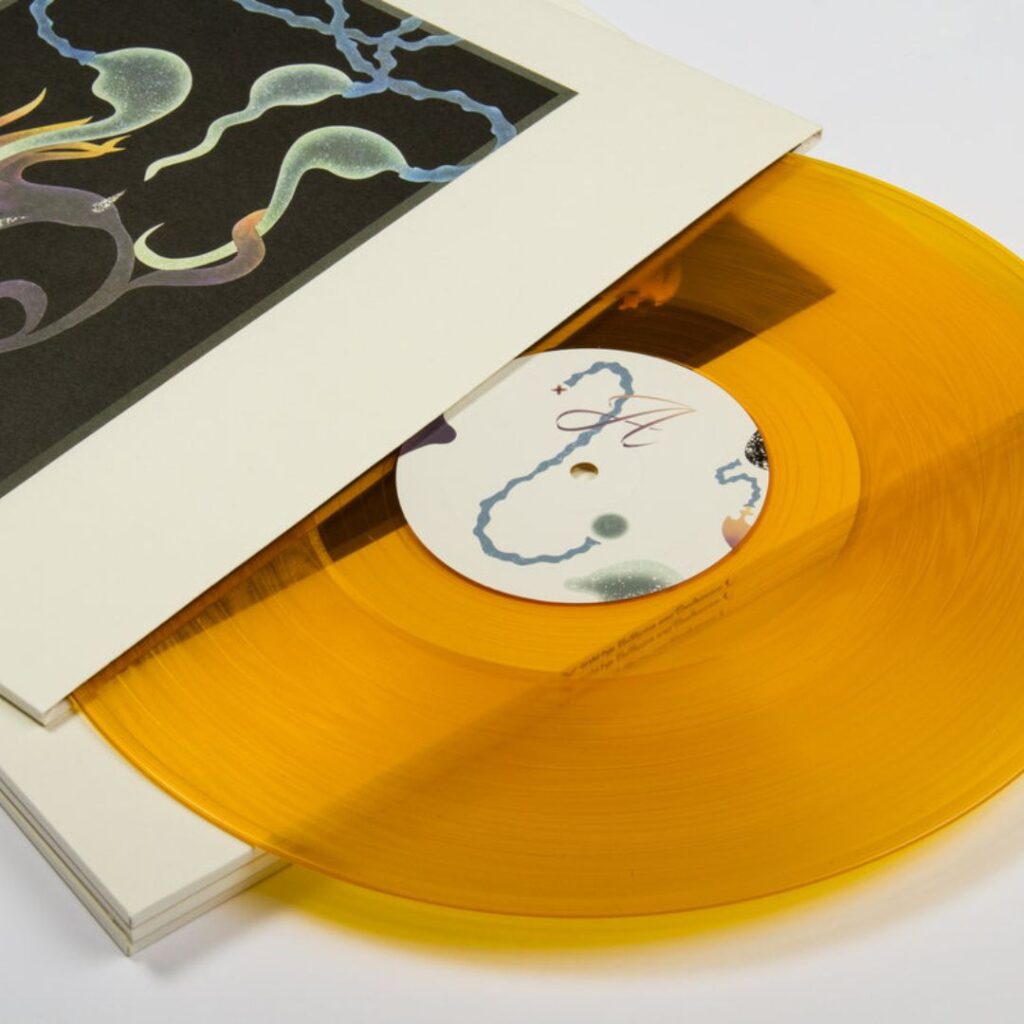
How much would you say the mood you are in affects your creativity?
Jani: Surely it’s connected directly, but first of all your mind has to be clear, open and inspired enough to even start to make music. When the sounds finally start to appear it will open the vibrations, which are leading to the directions guided from your inner wishes. These directions create a map while travelling and diving into details.
Johannes: I think first of all, it’s the artistic vision you follow that defines the creative output. For me, mood is not completely decisive for my work, but it might push or demotivate the production. I think the art you produce is more a reflection of your personal character, your attitude towards life and your life philosophy and concepts.
To end, how does your mood affect the music you are listening to?
Johannes: If something in my life is causing trouble or makes me feel insecure, I avoid listening to emotional music, as it intensifies the feeling which is too overwhelming for me. But on the other hand, when everything goes smooth and easy, I tend to listen to much more personal and intense music, that sinks deep. So it seems that I need a fair amount of soul scratching input in life to find an inner balance.
Jani: I usually start to listen to some record which fits to the current mood, but to describe that really carefully would need a much longer analysis.

